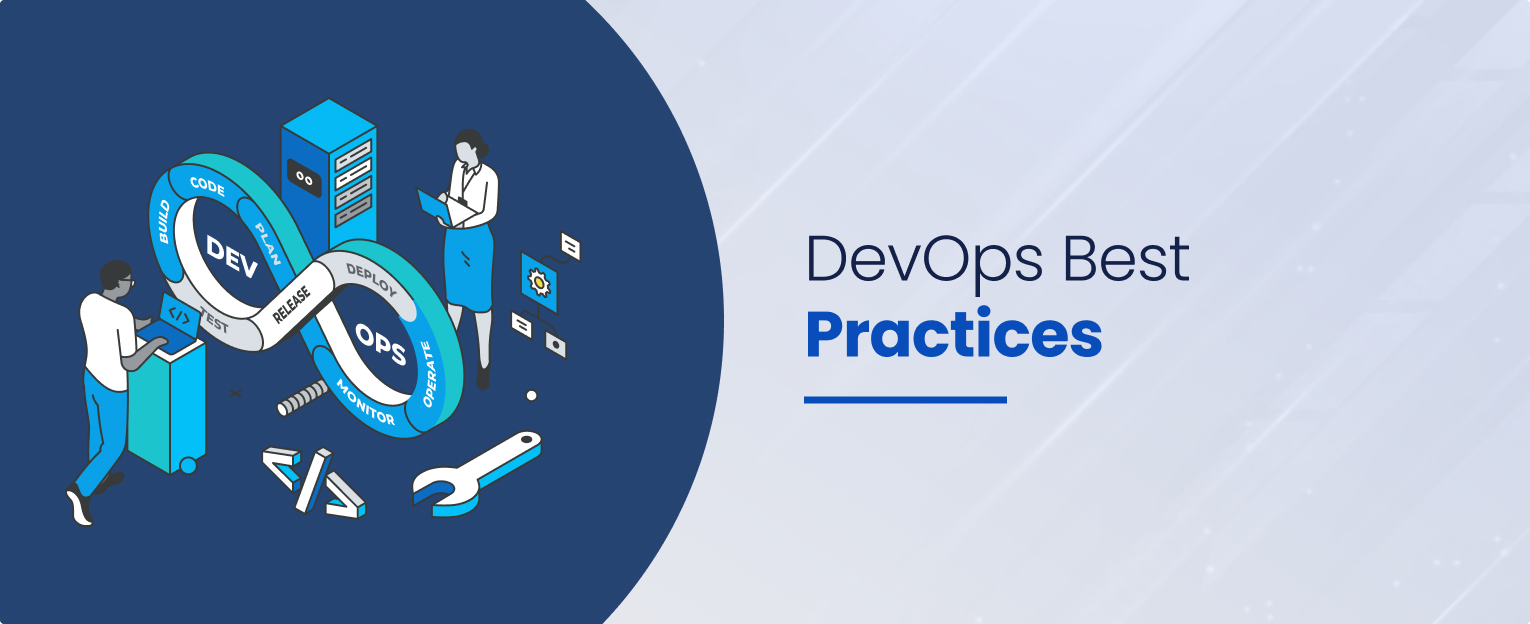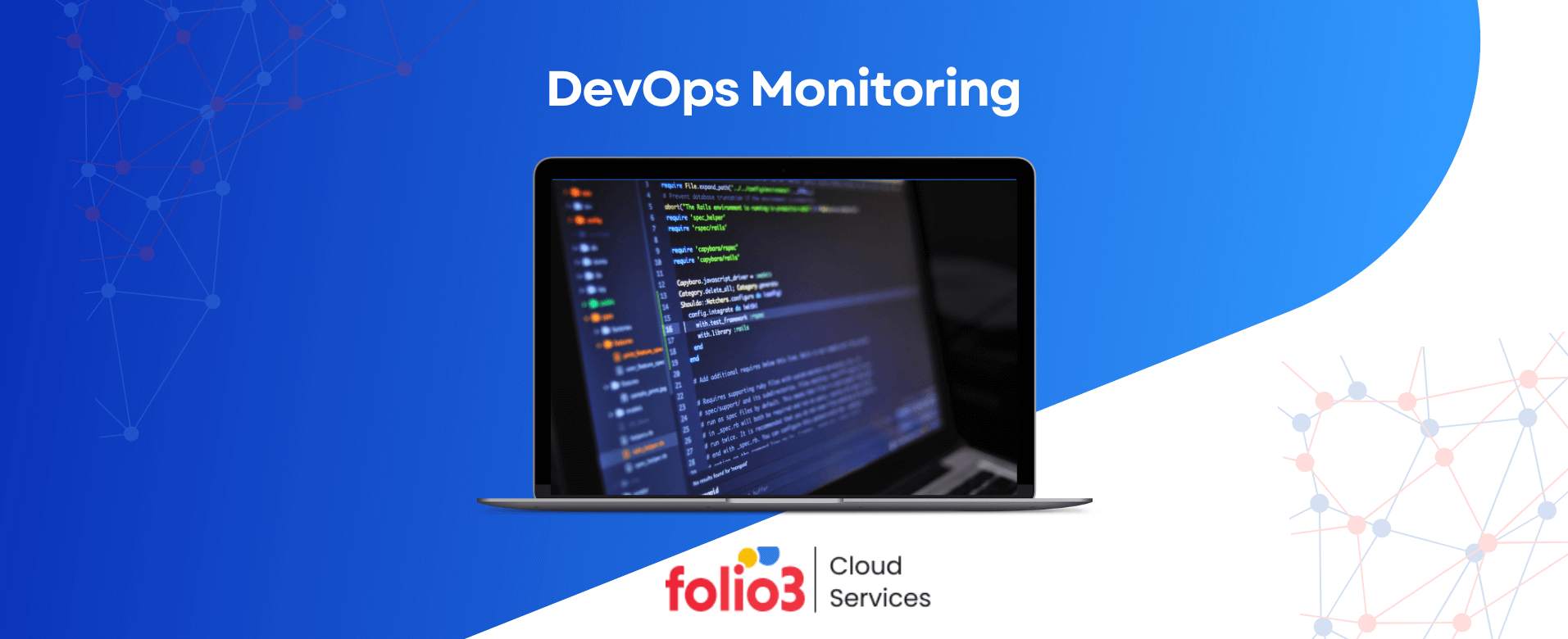DevOps has revolutionized how businesses manage software development and IT operations. By breaking down silos between development and operations teams, DevOps enables faster, more reliable software delivery, and improved collaboration.
However, to truly leverage the power of DevOps, companies must follow a set of best practices that ensure smooth workflows, automation, and scalability.
In this guide, we’ll explore the top 10 DevOps best practices that modern organizations should adopt to improve their workflows, accelerate delivery, and improve security that make these strategies more efficient.
What is DevOps?
DevOps unites software development and IT operations, streamlining the software delivery lifecycle. Automation, continuous integration, and delivery accelerate time-to-market, enhance quality, and foster a culture of innovation.
Whether you go for in-house DevOps or choose to outsource, DevOps emphasizes communication, automation, and continuous feedback to streamline the software delivery process.
Why is DevOps Important?
DevOps is crucial for modern organizations because it optimizes the software development lifecycle by fostering a culture of collaboration between development and operations teams.
This collaboration eliminates inefficiencies and bottlenecks that often arise during software development, deployment, and maintenance.
DevOps enables faster time-to-market, greater agility, and more reliable software delivery by streamlining communication. One key aspect of DevOps is the focus on continuous integration and continuous delivery (CI/CD), allowing teams to release more minor, manageable updates.
This reduces the risks associated with large deployments and helps catch bugs earlier in the pipeline, ultimately ensuring higher software quality.
Moreover, according to WorldMetrics, adopting automated security measures within DevOps workflows, known as DevSecOps, has led to a 50% reduction in security vulnerabilities, further enhancing software reliability and security.
10 Modern DevOps Strategies You Should Follow
To fully reap the benefits of DevOps and address common DevOps challenges and solutions, organizations must implement the following best practices.
1. Adopt Agile Project Management
Agile and DevOps go hand-in-hand. By adopting Agile project management, teams can embrace iterative development, allowing for continuous feedback, flexibility, and quick adjustments to changes.
This ensures that development cycles are shorter, feedback is incorporated in real-time, and the project stays aligned with business objectives.
2. Monitor the DevOps Pipeline and Applications
By employing monitoring tools like Prometheus or Grafana, organizations can identify performance bottlenecks and address issues before they impact end users, improving reliability and performance. Proactive monitoring is critical in DevOps to ensure that every stage of the pipeline functions as intended. DevOps consultancy can assist in setting up effective monitoring solutions. This includes:
This includes:
- Continuous integration and delivery (CI/CD) stages
- Application performance
- Infrastructure stability
3. Choose the Right Tools
The success of DevOps is largely dependent on the DevOps practices and tools an organization uses. Selecting the right toolset for your DevOps workflows is essential to automating processes, reducing manual interventions, and enhancing productivity. Popular tools include:
- Jenkins for CI/CD automation
- Docker and Kubernetes for container orchestration
- Ansible for configuration management
- Terraform for Infrastructure as Code (IaC)
4. Accelerate with CI/CD
One of the core pillars of DevOps is continuous integration and continuous delivery (CI/CD). This practice allows for automated testing, integration, and deployment, drastically reducing the time needed to release software updates.
CI/CD pipelines ensure that each code change is validated before it reaches production, which minimizes risks and enhances the software’s overall reliability.
5. Enhance Visibility with Observability
Observability takes monitoring one step further by providing deep insights into how systems behave. Observability involves gathering metrics, logs, and traces that help diagnose issues, detect anomalies, and predict failures.
Tools like Elasticsearch and Datadog enable developers and operations teams to see inside their systems, making it easier to optimize performance and respond to incidents in real-time.
6. Cultivate a Collaborative Culture
A key component of DevOps is the collaborative culture it fosters between development, operations, and other stakeholders. Breaking down silos between these teams is crucial for improving communication and aligning goals.
Regular stand-ups, retrospectives, and transparent communication tools (like Slack or Microsoft Teams) help ensure that everyone is on the same page and working toward shared objectives.
7. Accumulate Continuous Feedback for Continuous Improvement
DevOps thrives on a feedback loop that drives continuous improvement. Gathering feedback from different stages—such as testing, user feedback, and monitoring data, allows teams to make adjustments quickly. Continuous feedback accelerates development cycles and enhances software quality.
8. Emphasize Automation
Automation is the backbone of DevOps, from automating builds and tests to automated deployments and infrastructure management. Automated processes reduce human error, accelerate delivery, and allow teams to focus on higher-value tasks.
Common automation tools include Jenkins for builds, Selenium for testing, and Chef or Ansible for configuration management.
9. Infrastructure as Code (IaC)
Using Infrastructure as Code (IaC) practices enables teams to manage and provision infrastructure through machine-readable configuration files, rather than through manual processes.
Tools like Terraform and AWS CloudFormation make infrastructure deployments consistent, scalable, and easy to manage, reducing the risk of human error and speeding up provisioning times.
10. Implementing Security Early (DevSecOps)
Security should not be an afterthought in DevOps workflows. By integrating security measures from the beginning, also known as DevSecOps, teams can automate security checks within their CI/CD pipelines.
This ensures that vulnerabilities are detected early and continuously mitigated throughout the development lifecycle.
As mentioned earlier, DevSecOps practices have been shown to reduce security vulnerabilities by 50%.
FAQs
Why is automation critical in DevOps?
Automation is essential in DevOps because it reduces manual intervention, accelerates delivery times, and improves the reliability of deployments. By automating tasks such as testing, configuration, and deployment, teams can focus on innovation while minimizing errors.
What tools are commonly used in DevOps?
Some of the most commonly used tools in DevOps include Jenkins for continuous integration, Docker for containerization, Kubernetes for container orchestration, Ansible and Chef for configuration management, and Terraform for Infrastructure as Code.
Final Words
Adopting these DevOps best practices is crucial for organizations that want to accelerate their software development and deployment cycles. From fostering collaboration to implementing advanced tools like CI/CD, DevOps helps companies achieve faster, more reliable, and secure software releases.
Integrating DevSecOps can help improve observability, and by emphasizing automation, organizations can improve the speed of their delivery and the quality and security of their products. A successful DevOps strategy is all about collaboration, continuous feedback, and leveraging the right tools to streamline operations and drive business outcomes.














